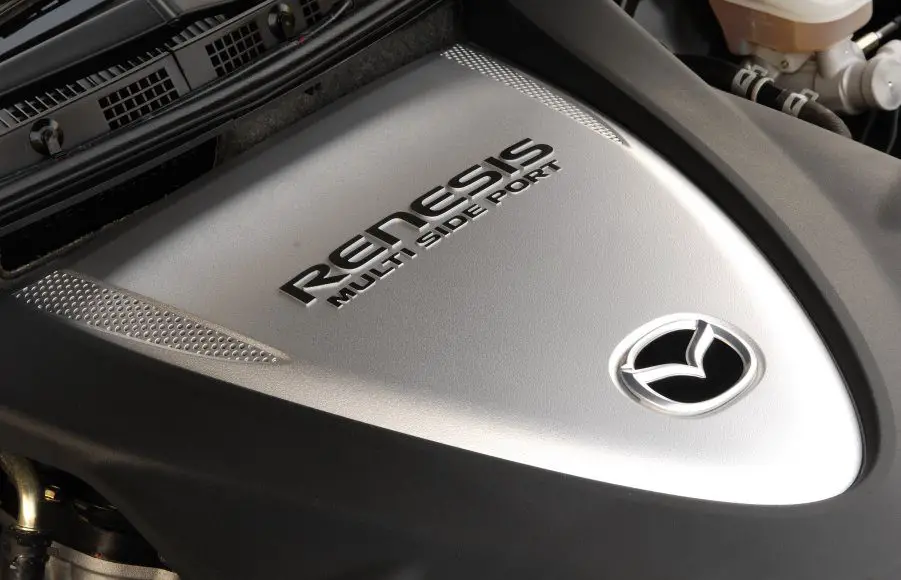Mazda’s legendary magical spinning triangle finds a disappointing home in a giant bread loaf Toyota that drives around on its own.
If you’re looking to experience Mazda’s legendary rotary in its latest iteration, you’re in luck but get ready to be sorely disappointed. According to Bloomberg in an exclusive piece on Mazda’s latest Wankel news they dropped earlier yesterday (Jan 19, 2018) they’re bringing back the rotary in the saddest way possible. Mazda is partnering with Toyota Motor Corp to supply tiny rotary engines that will power generators to charge lithium-ion batteries. Those batteries, in turn, will power motors that will drive this driverless fleet. Here’s that aforementioned bread loaf.
President of Mazda, Masahiro Moro shed some light as to why Toyota was smitten with Mazda’s rotary.
“This is a very suitable engine to run a generator because it’s compact and lightweight, with no noise or vibration, and it has very good fuel economy,’’ said Moro, speaking on the sidelines of the North American International Auto Show in Detroit.
Rotary engines have very few moving pieces when compared to a traditional internal combustion engine with pistons and cylinders. The rotating nature of its power delivery also means that rotary engines are quite smooth. And contrary to popular belief thanks to drifters and race cars, rotary engines are actually quite quiet. keep your ears open the next time you see an RX-8, you won’t hear much of anything as it drives by.
This is certainly not the first time Mazda repurposed the rotary as a range extender. It was just five years ago that Mazda dropped the Mazda 2 RE Range Extender, a fully Mazda made vehicle that combined a 333-cc rotary engine with a 2.6-gallon fuel tank that provided power for its lithium-ion batteries which in turn power the 101-hp electric motor under the hood.
And as always, Mazda left us with a teaser that’ll surely stoke the flames of the rotary faithful.
The companies are studying, among other things, whether to use rotary engines as range-extenders on more than just the e-Palette self-driving delivery vehicle, Toyota spokesman Brian Lyons said.
Mazda is more invested in its Skyactiv technology at the moment, a suite of improvements to the internal combustion engine which favors high-compression over turbocharging.
Mazda, at the very least, still sees returns in investing in gas-powered engines for the time being during a time where everyone else is electrifying and hybridizing their powertrains.
Shortly enough we’ll see just how far Mazda’s latest set of decisions will get them in an ever-changing automotive landscape.



